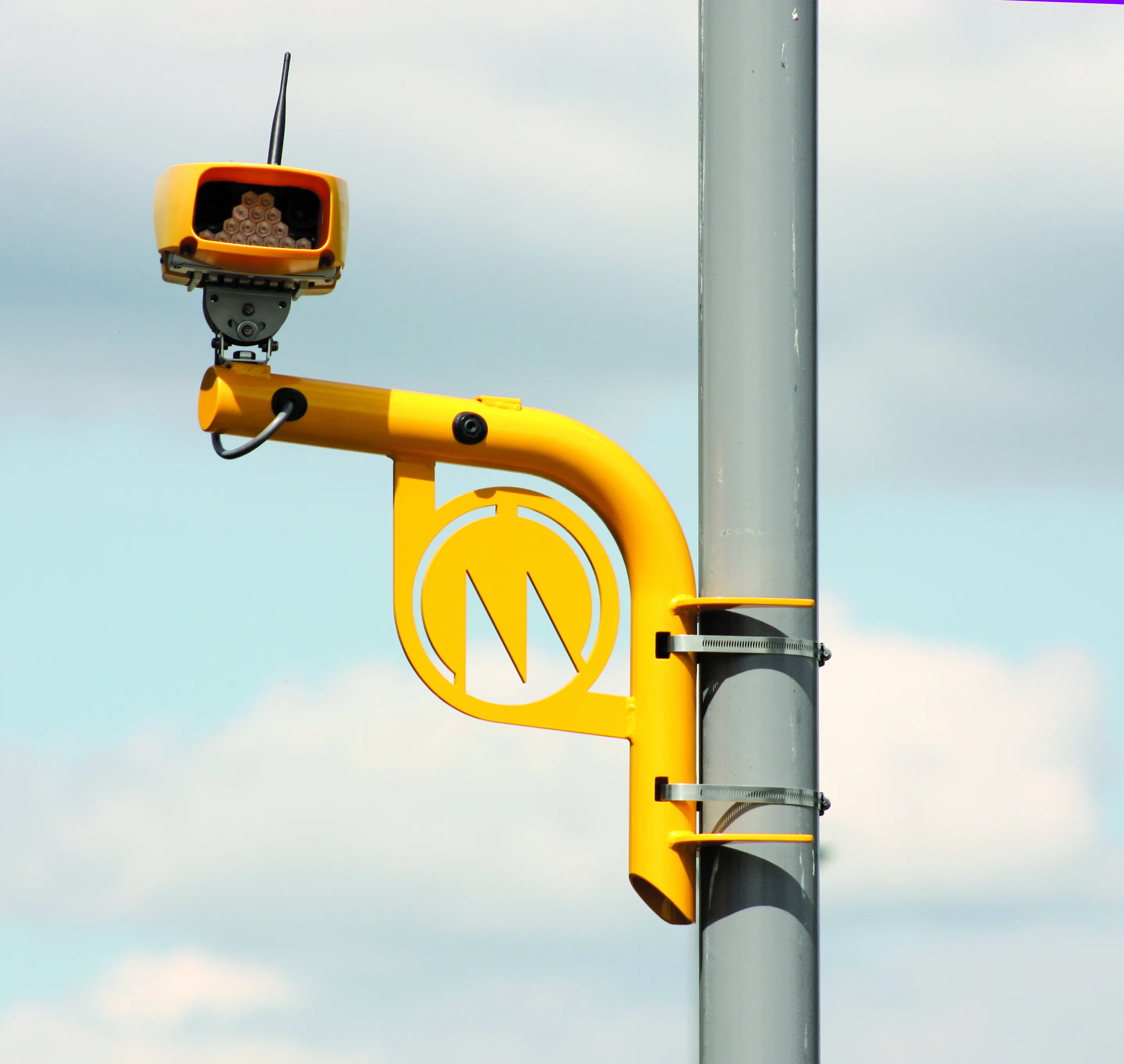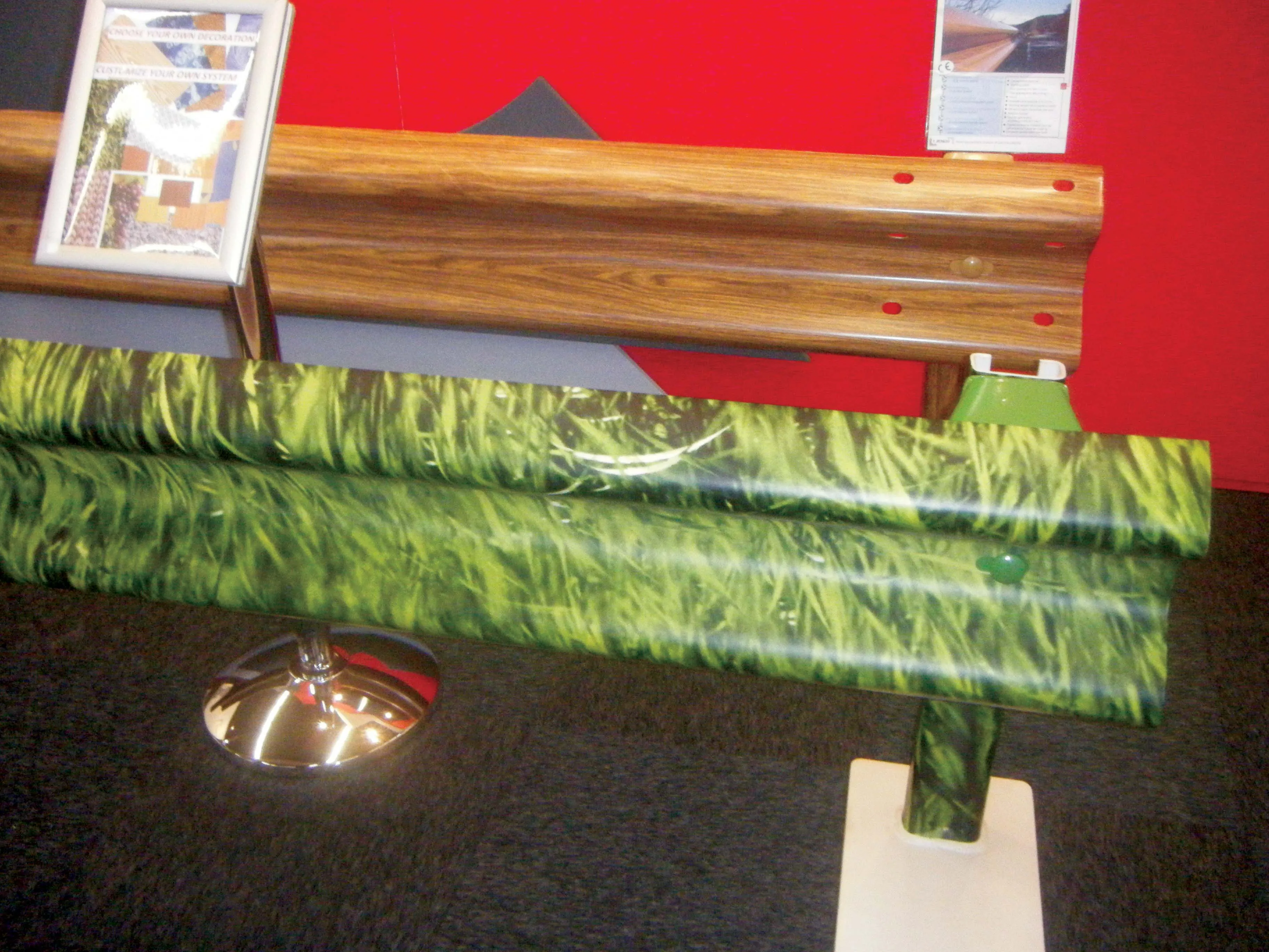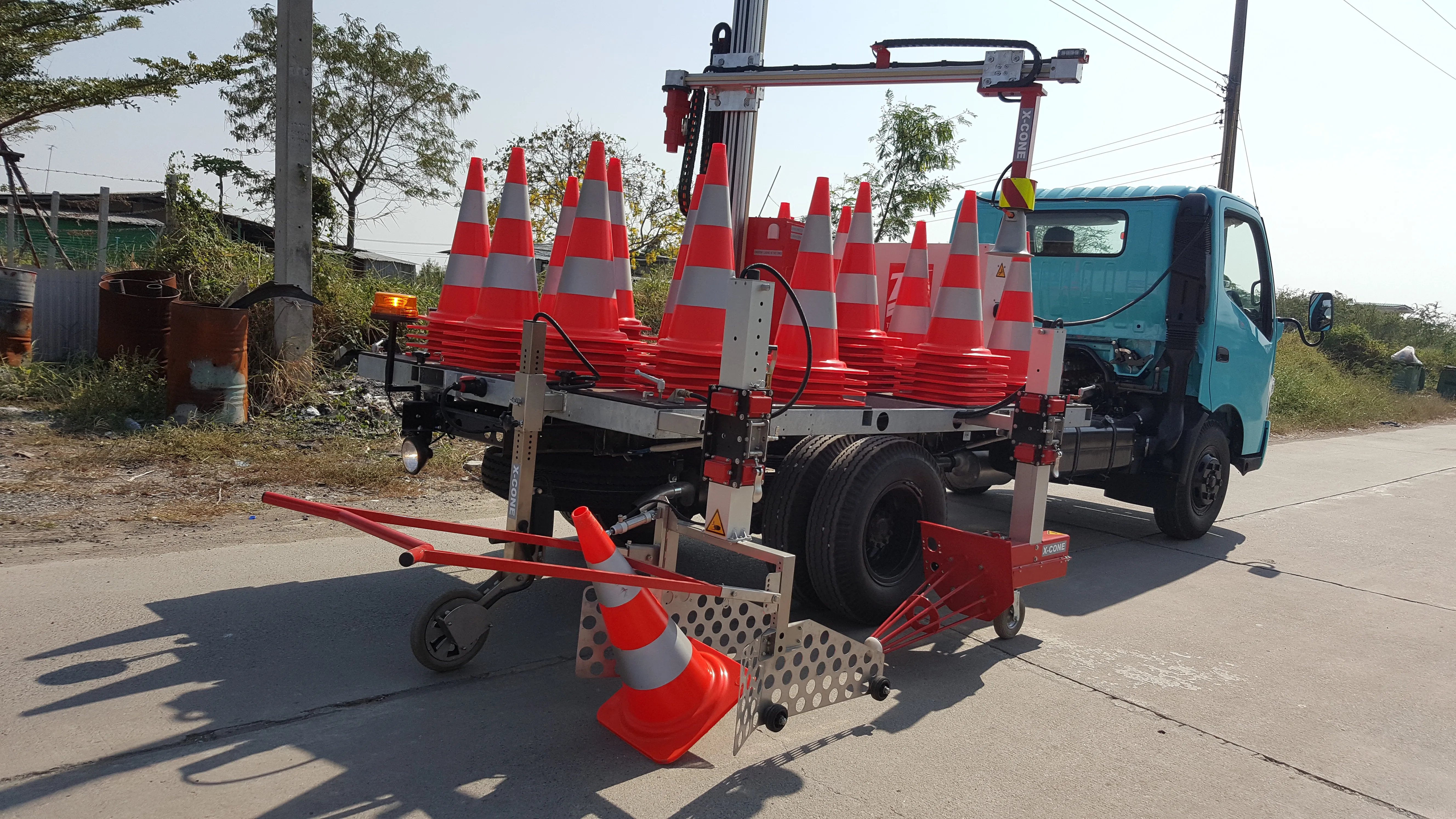
The SPECS3 VECTOR from
The increased versatility of SPECS3 VECTOR means that it is suitable for all average speed enforcement applications, as well as a range of new duties. Examples include providing a cost-effective alternative to spot speed camera upgrades, as well as addressing non-UK, export markets for point to point enforcement.
To support the new device, Vysionics have introduced a range of fixing options to address a wide range of requirements. The street lighting bracket provides a visible and recognisable mounting point where the SPECS3 VECTOR is to be mounted to existing street furniture. As an alternative, the passively safe tilt down column offers a conspicuous and easy to maintain solution for all road environments, without the requirement for barriers, whilst its compact design suits it to use in urban and town centre applications.







